E-waste recycling equipment is a general term for a series of equipment and technologies used to process and recycle waste electronic products. E-waste includes old computers, mobile phones, televisions, refrigerators, and other electronic or electrical equipment. Since these wastes contain valuable metals (such as gold, silver, copper rare metals, etc.) and other reusable materials, you can recycle these materials through a special recycling process and gain economic benefits at the same time. In addition, e-waste recycling equipment usually includes crushers, sorters, magnetic separation equipment, electric separation equipment, dust removal systems, etc., which work together in the pretreatment, crushing, separation, and fine processing of e-waste.
What is the role of electronic waste recycling equipment?
- 1
Resource recycling
Electronic products contain abundant metal resources, such as copper, aluminum, gold, silver, etc., as well as non-metallic materials such as plastics. You can recycle these valuable materials through the processing of recycling equipment, reducing the demand for mining raw materials.
- 2
Environmental protection
If discarded electronic products are not handled properly, heavy metals and harmful substances will leak, causing serious pollution to the soil, water sources and air. Our electronic waste recycling equipment can safely handle these harmful substances, reducing environmental pollution and health risks.
- 3
Promoting economic development
The development of the electronic waste recycling industry can not only create employment opportunities, but also promote the advancement of related environmental protection technologies and equipment, which has a positive effect on economic development.

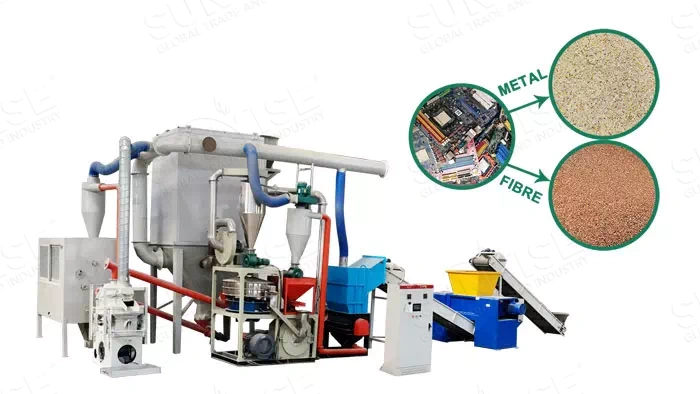
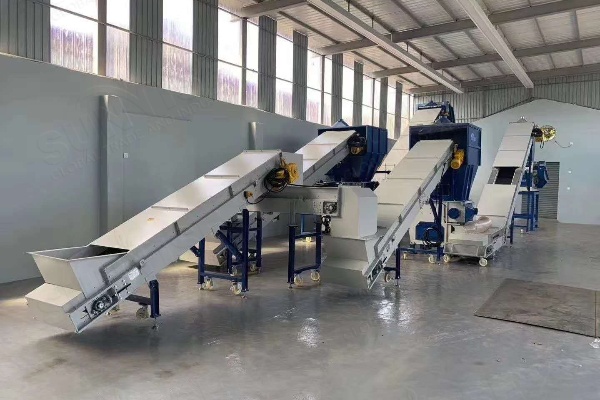
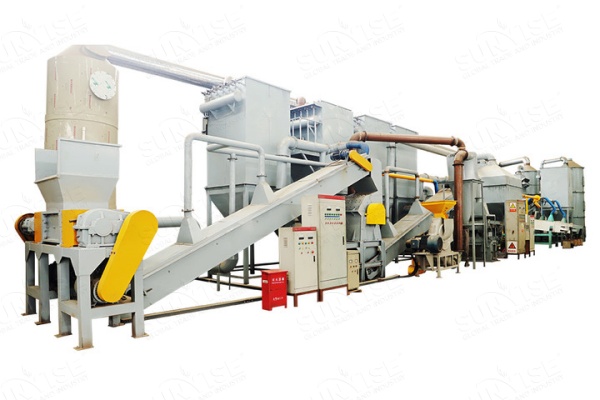
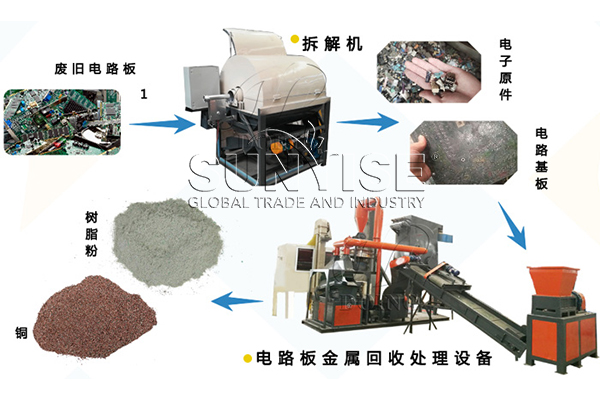
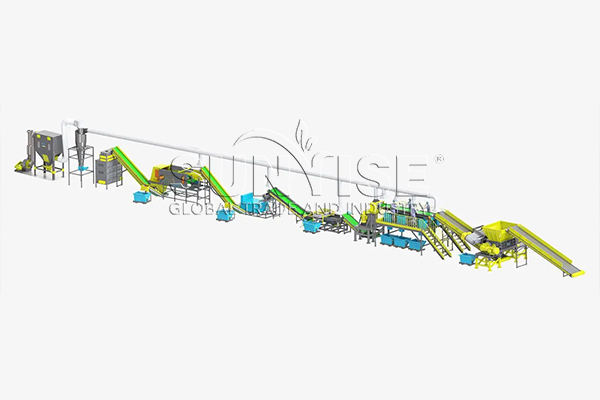
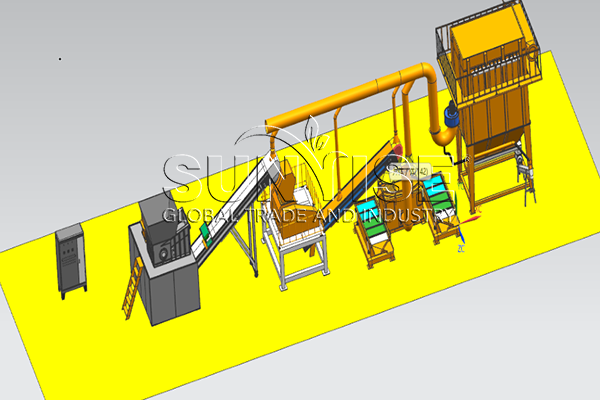
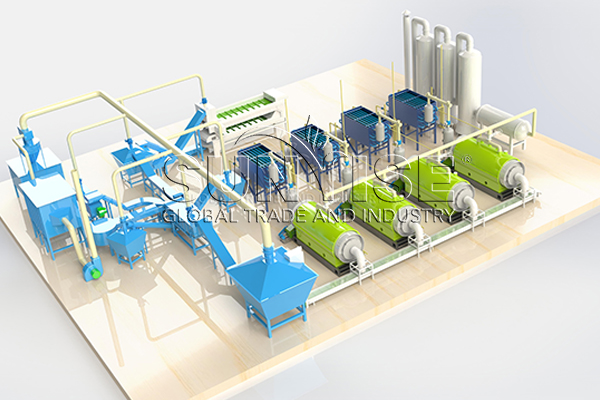
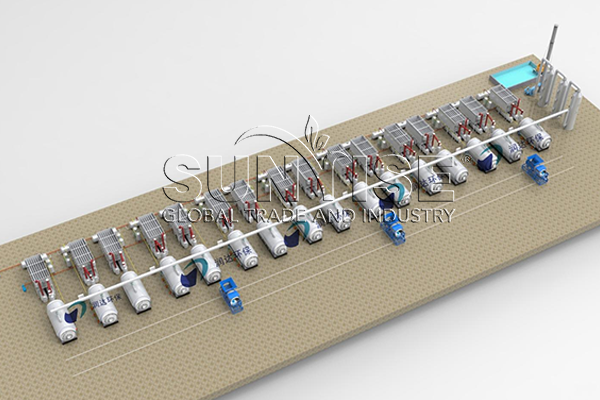
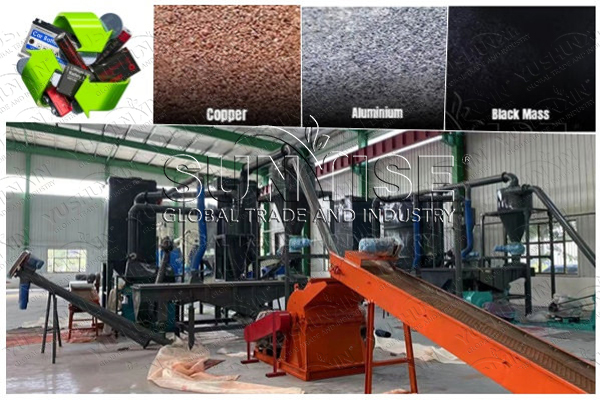
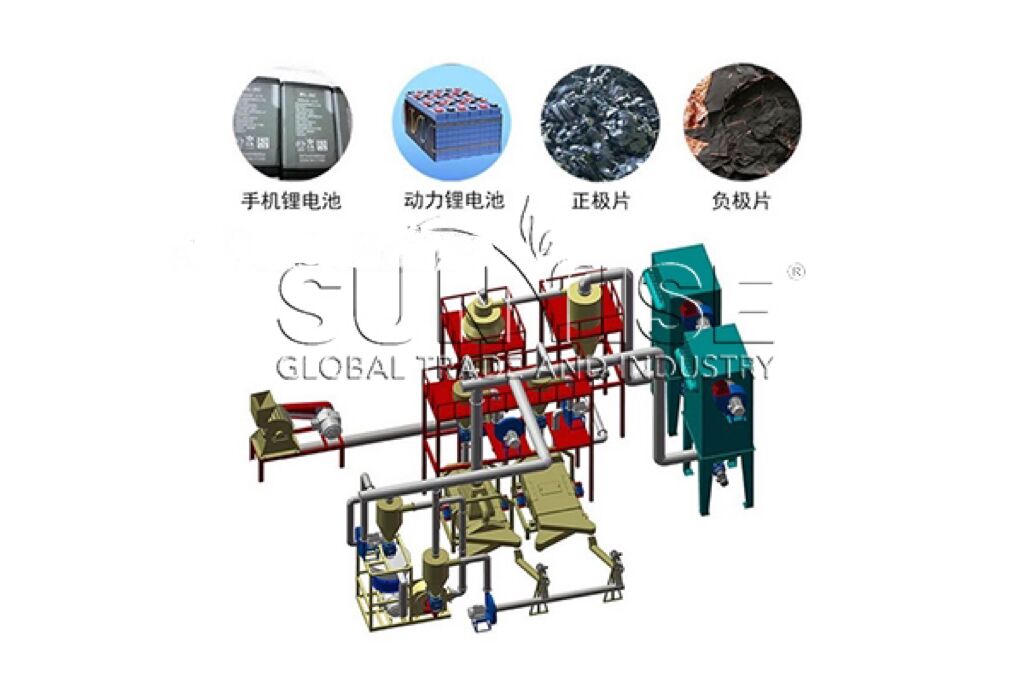
Leave A Comment
You must be logged in to post a comment.